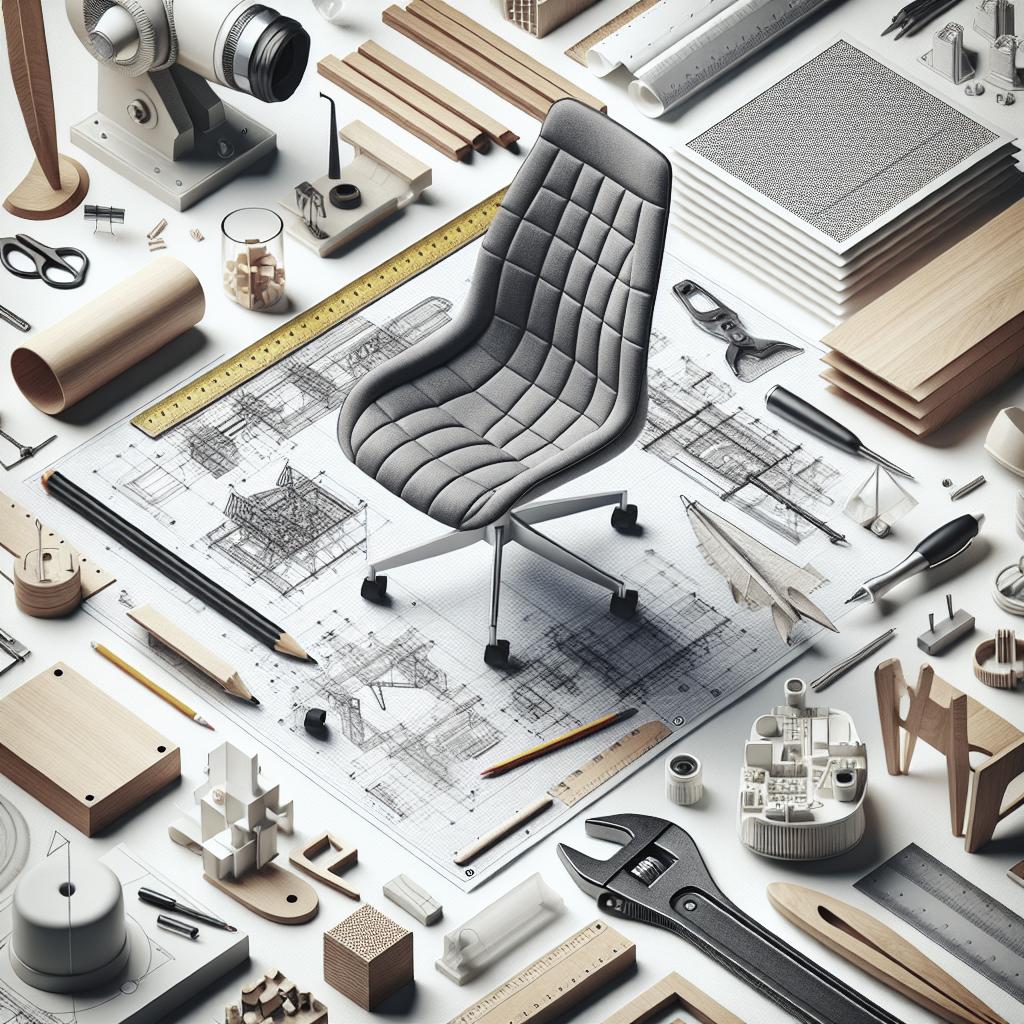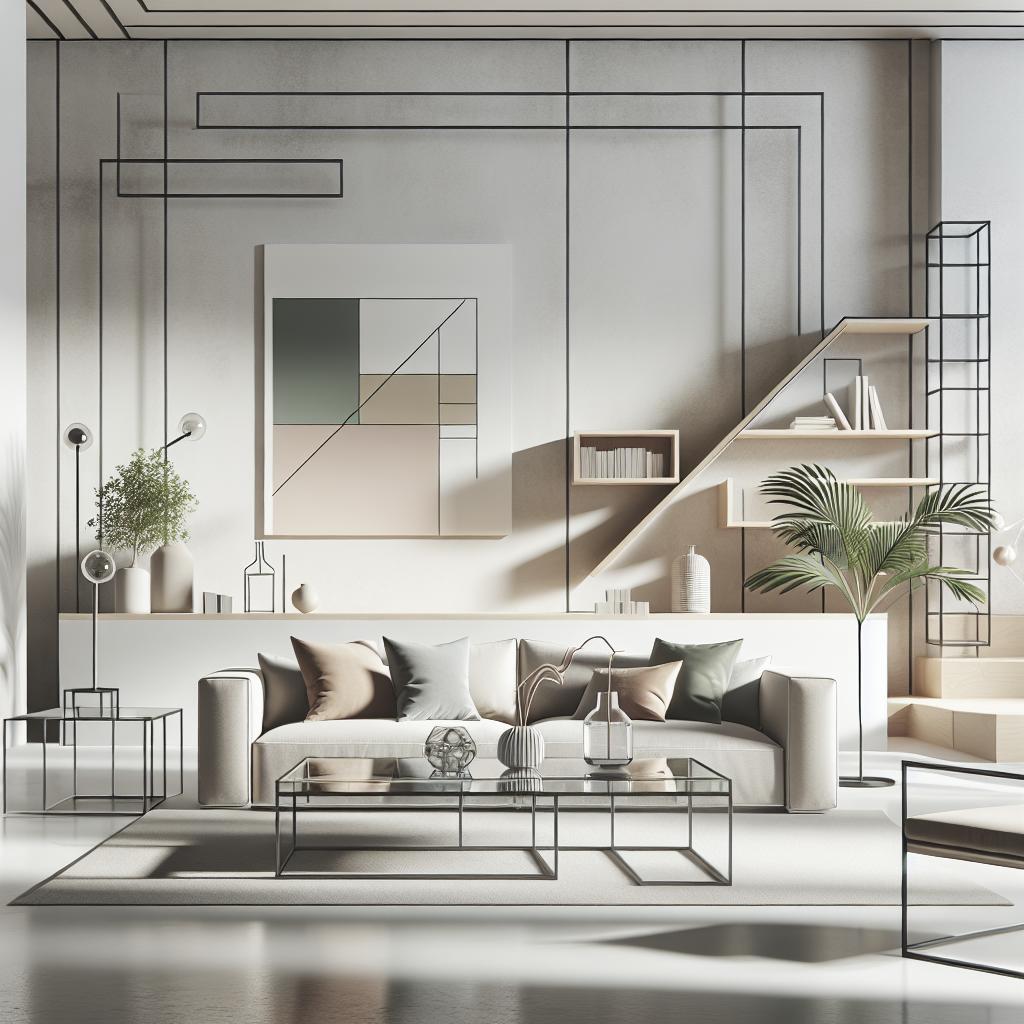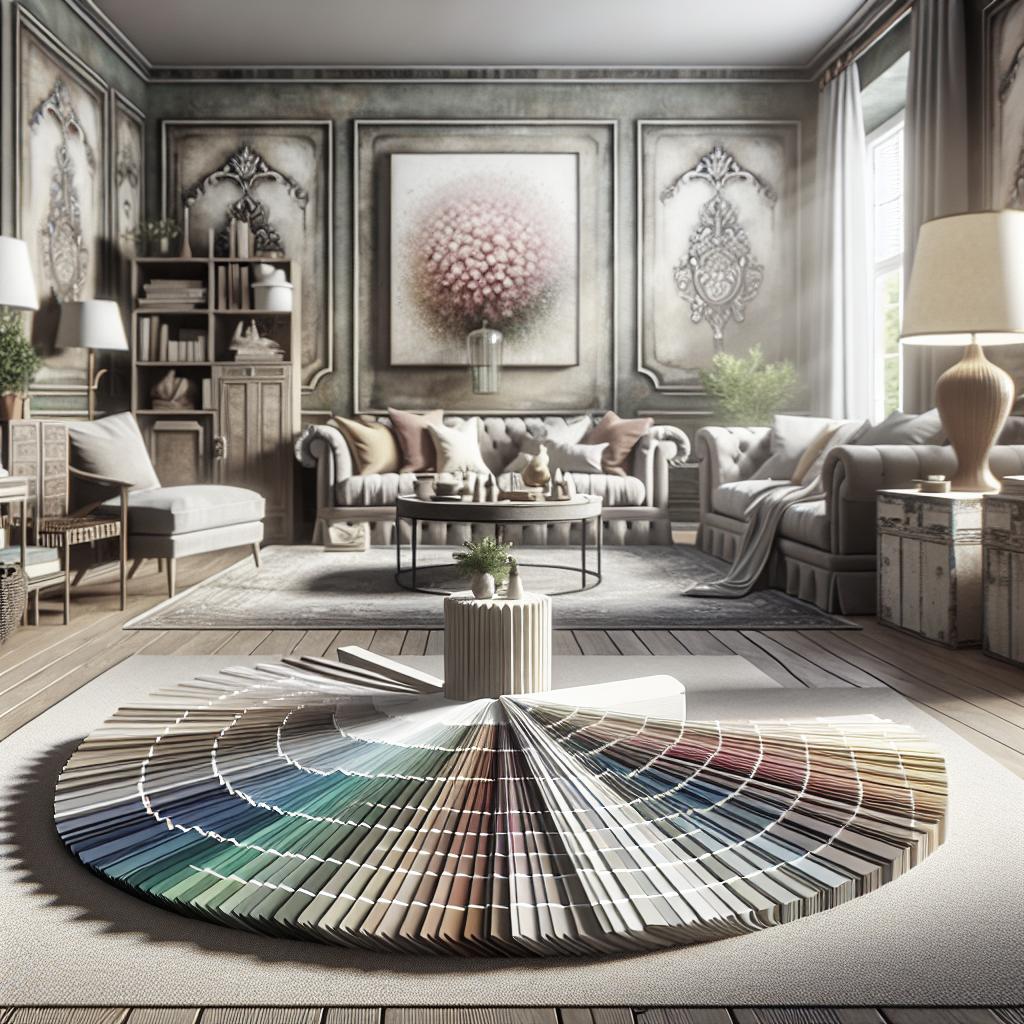Industrial design is a fascinating and evolving field that skillfully merges functionality with aesthetics to create products, spaces, and systems that enhance our daily lives. Central to this discipline are several key elements that capture the essence of industrial design. These include the use of sustainable materials, the allure of neutral color palettes, and the precision offered by sharp shapes and silhouettes. Furthermore, features like metal fixtures, visible structural elements such as exposed pipes, ducts, and brickwork, and the popular interplay between wood and metal materials define its character. Dark or grey flooring enhances the industrial look and feel, while vintage pieces offer a nod to the past, adding warmth and personality. In this article, we delve deeper into each of these elements, providing insights into how they influence the overall appeal and functionality of industrial design. ### Sustainable Material Sustainability is increasingly becoming a crucial aspect of industrial design, as designers and consumers are more aware of environmental issues than ever before. Sustainable materials not only reduce the ecological footprint but also offer unique aesthetic qualities that enhance design projects. Reclaimed wood, recycled metals, and plastics, as well as innovative materials like bamboo or composites made from renewable resources, are often incorporated into designs. These materials are chosen for their durability, aesthetic appeal, and minimal impact on the environment. An emphasis on sustainable materials in industrial design calls for creativity and innovation. Designers are challenged to reimagine waste products and other discarded materials as valuable resources for creating new objects and environments. This approach not only conserves natural resources but also generates fresh and original design styles, reiterating the notion that sustainability and style can beautifully coincide. ### Neutral Colour Palettes Industrial design frequently employs neutral color palettes, which serve as a versatile and timeless backdrop to any space or product. Shades of gray, black, white, and beige are commonly used to create a serene and cohesive environment that highlights the raw beauty of the design’s structural elements. These colors are especially adept at accommodating various textures and finishes, allowing for an array of aesthetic expressions. Neutral palettes facilitate a sense of openness and continuity, making spaces appear larger and more inviting. Moreover, they create an excellent background for accent pieces, like vibrant art or unique lighting, to stand out without overwhelming the space. This balanced approach in color selection underscores the functionality of industrial design while ensuring the space remains modern and adaptable to different design trends. ### Sharp Shapes and Silhouettes Sharp shapes and silhouettes are fundamental to industrial design, emphasizing clean lines and a refined sense of simplicity. This focus on geometry allows for a streamlined appearance that draws attention to the purity and function of a design. Rectangular, angular, and linear forms are commonly found in industrial environments, creating a sense of order and precision. The use of sharp shapes also plays a role in enhancing the functionality and practicality of a design. By adhering to geometric rules, designers can optimize the use of space, facilitating movement and interaction. This approach is not only aesthetically pleasing but also practical, resonating with the industrial design’s core principle of marrying form with function. ### Metal Fixtures Metal fixtures are a hallmark of industrial design, celebrated for their durability, strength, and minimalist beauty. Materials such as steel, iron, and aluminum are frequently utilized for fixtures, from furniture frames and light fixtures to cabinet handles and shelving. The cool tones and reflective properties of these metals contribute to a sleek, streamlined look synonymous with the industrial aesthetic. The versatility of metal allows designers to experiment with various finishes, such as brushed, polished, or matte, to achieve the desired effect. Whether it’s a statement piece or a subtle detail, metal fixtures can add a sense of modernity and craftsmanship to any design, further solidifying the connection between functionality and style. ### Exposed Pipes, Ducts, and Brickwork One of the defining techniques utilized in industrial design is the use of exposed structural elements, such as pipes, ducts, and brickwork. Rather than concealing these components, industrial design celebrates them as part of the aesthetic, bringing an authentic and raw edge to spaces. This approach not only adds visual interest but also highlights the history and origin of a building, offering a narrative that connects past and present. The exposure of these elements can create intriguing textures and patterns, contributing to a unique design language. It allows designers to reveal the inner workings of a space, offering a glimpse into its functionality and construction. This transparency fosters an appreciation for the craftsmanship involved, making industrial design an honest and open expression of form and utility. ### Wood and Metal Materials The combination of wood and metal materials is a prevalent theme in industrial design, creating a perfect balance between warmth and coolness, nature and industry. Wood adds a natural, organic element to spaces, softening the harder lines of metal and providing a tangible sense of warmth and comfort. In contrast, metal represents strength and modernity, adding an element of sophistication to any design. This juxtaposition offers a versatile design palette, allowing for endless interpretations and applications. Whether in furniture, flooring, or decorative accents, the synergy of wood and metal materials showcases the adaptability and creativity inherent in industrial design, resonating with both contemporary and traditional aesthetics. ### Dark or Grey Flooring Dark or grey flooring plays a pivotal role in setting the stage for industrial design, establishing a foundation that complements the overall aesthetic. These tones project a sense of solidity and grounding, allowing other design elements to shine. Flooring options such as polished concrete, slate, or dark hardwoods are often favored for their durability and visual appeal. These flooring choices contribute to the minimalistic and clean vibe of industrial spaces, providing a sleek and modern backdrop. Their understated nature allows for seamless integration with various styles and palettes, enhancing the flexibility of industrial design while maintaining its distinctive edge. ### Vintage Pieces The integration of vintage pieces into industrial design creates a captivating fusion of past and present, infusing spaces with character and a sense of history. Elements like repurposed factory carts, industrial lighting fixtures, or aged leather furniture serve as focal points that add authenticity and charm. Vintage pieces also provide a tactile contrast to the sleekness of modern industrial elements, enriching the overall texture of the space. Incorporating vintage elements encourages sustainability through reuse and recycling while fostering a narrative that connects occupants to the design space. This deliberate blending of eras underscores the timeless nature of industrial design and its capacity to adapt and evolve with shifting tastes and cultural influences. ### So What’ll It Be? As industrial design continues to evolve, these enduring elements remain at its core, guiding designers to create spaces and products that are both practical and beautiful. Each component, whether it’s the sustainable materials or the history-infused vintage pieces, contributes to the unique tapestry of industrial design. So, as you embark on your next design project or renovation, consider these elements and how they can be skillfully integrated to achieve a harmonious balance between form and function. The future of industrial design promises exciting advancements and innovations, as designers continue to push boundaries and embrace new technologies while honoring the timeless principles that have shaped the field. As we look ahead, embracing these core elements positions us well to navigate future trends and influence the direction of industrial design in meaningful ways. ### Related Articles – “Exploring the Intersection of Minimalism and Industrial Design” – “Innovative Uses of Reclaimed Materials in Modern Architecture” – “The Evolution of Lighting in Industrial Design Spaces” “`html
| Element | Description | Importance |
|---|---|---|
| Sustainable Material | Use of eco-friendly resources like reclaimed wood and bamboo. | Minimizes environmental impact and offers unique aesthetics. |
| Neutral Colour Palettes | Includes shades like gray, black, and white for a timeless look. | Creates a cohesive and versatile design space. |
| Sharp Shapes and Silhouettes | Utilization of clean, geometric lines in design. | Emphasizes functionality and simplicity. |
| Metal Fixtures | Incorporates materials like steel and iron for durability. | Adds modernity and strength to designs. |
| Exposed Pipes, Ducts, and Brickwork | Reveals structural elements as part of the aesthetic. | Offers an authentic, raw look complementing industrial styles. |
| Wood and Metal Materials | Combines organic and industrial elements for warmth and strength. | Balances natural and modern aesthetics. |
| Dark or Grey Flooring | Use of flooring materials like concrete and slate. | Provides a durable, sleek foundation for designs. |
| Vintage Pieces | Includes repurposed items adding character and history. | Enhances the narrative and sustainability of design. |
“`


